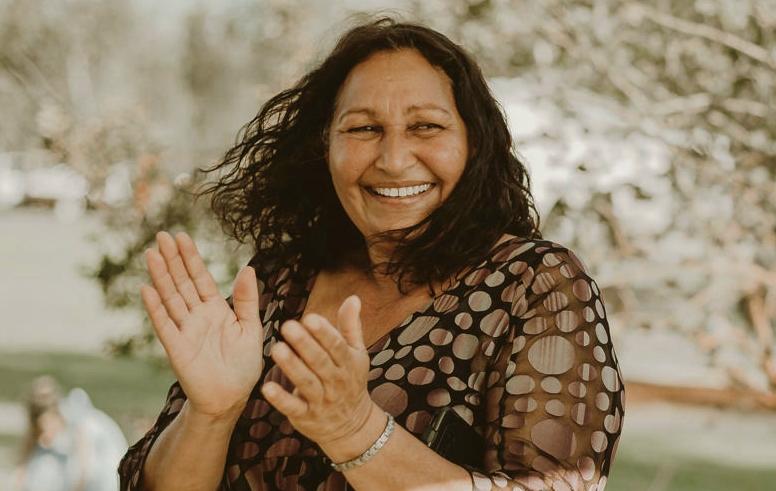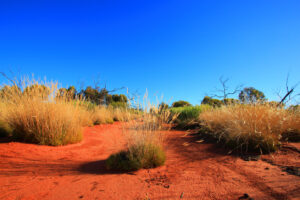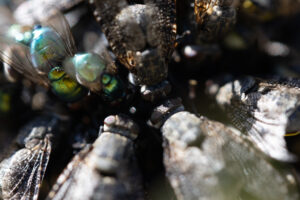In one of Fifi Harris’s classes, you might go out on parna (country) to the hunt for some maku, lunki or ngirrki (witchety grubs).
She might show you a yapu-yapu (a rocky place) to rest while the tjirta (birds) fly overhead.
Fifi is an Aboriginal and Islander education officer at Leonora District High School, teaching students from kindy to high school.
She’s been sharing her culture with students for the better part of 30 years, teaching language and taking science classes in the bush.

TALKING SCIENCE
Fifi tries to connect her language classes with what the students are studying in science.
“When we go out on country, you’re doing your science, language, everything altogether,” she says.
Other teachers in the school have embraced Fifi’s language lessons too, using both Indigenous and English words in their science classes.
On country, the students might look at the plants and animals they can find in different bush habitats and ecosystems and use the Indigenous words for what they find.
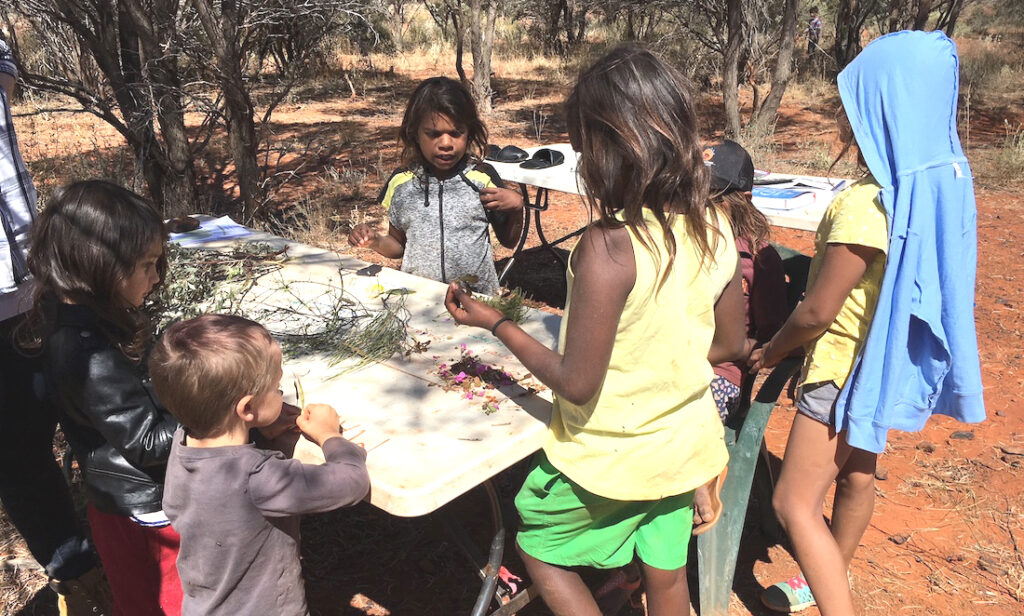
“We’re backing each other up in the classroom and out on country”
LIFELONG LEARNING
Fifi says she herself is still learning.
“This science program has been fantastic for me,” she says.
“This is what I love doing, being out on country, learning about country and teaching kids. Getting them to have an understanding of it and how to look after it is just my passion.”
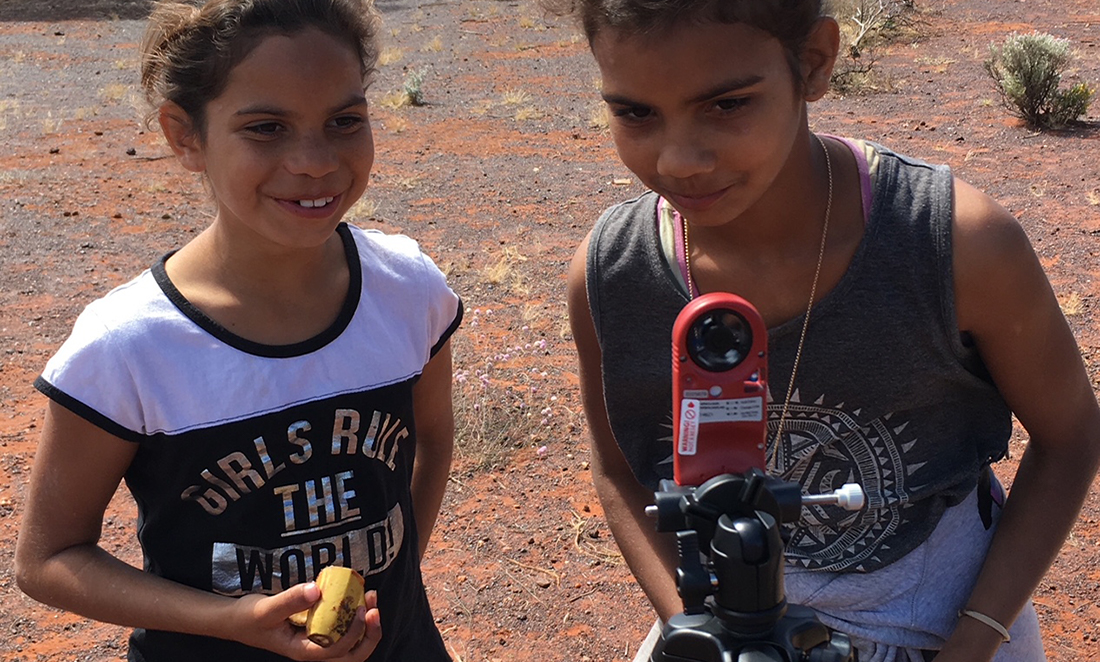
And the kids love Fifi’s classes too.
Fifi sounds like a proud grandmother as she talks about a 4-year-old retelling a Dreamtime story from a kindy science lesson the previous term.
“They’re learning more and more,” she says. “They really enjoy it.”
FROM SALT TO CLAY
This term, Fifi’s students are headed out on country to look for bowerbird playgrounds, witchety grubs and honey ants.
“It’s all in different areas—we’re going to look at salt lake, we’re going to look at clay pan, we’re going to look at a rocky place,” she says.
“Getting kids to really look at different areas, different animals, plants and the adaptation to the different places.”
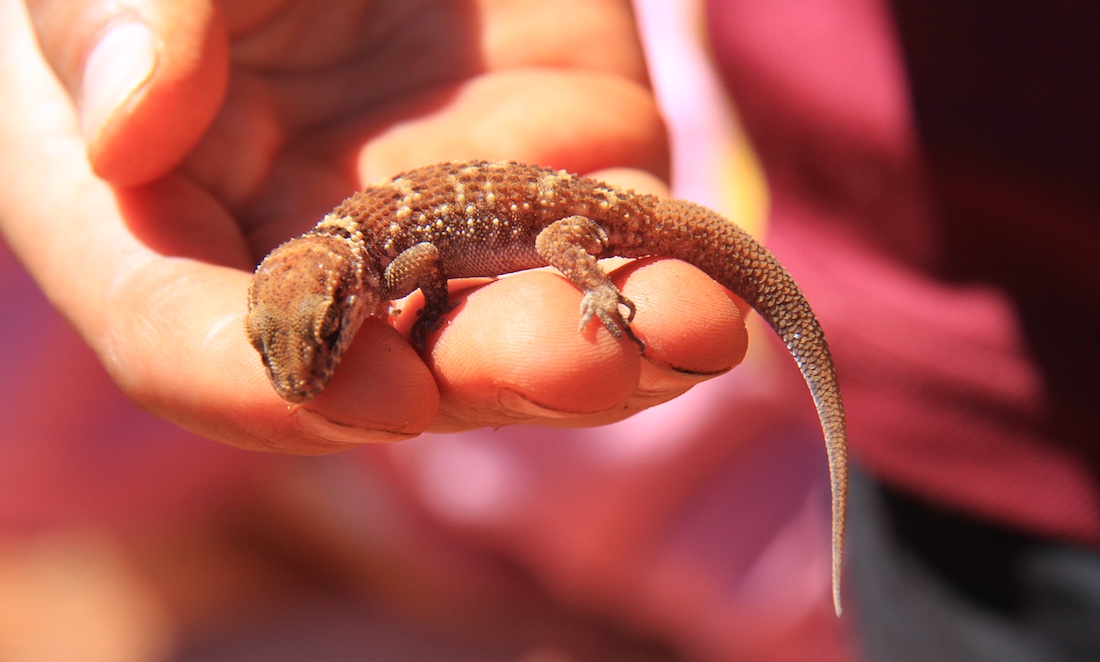
Fifi says she loves teaching and seeing kids learn.
“I’ve been teaching this sort of stuff for a very long time, and it’s just been something that I’ve always wanted to do and I have always been passionate about,” she says.
“When the kids give back to you, that’s the best thing.
“I love doing what I do, but when they come asking and they want to go bush and they want to know more about it, then you know that it must be good.”



